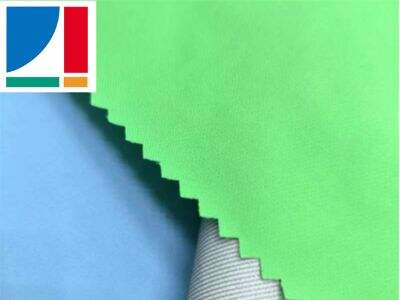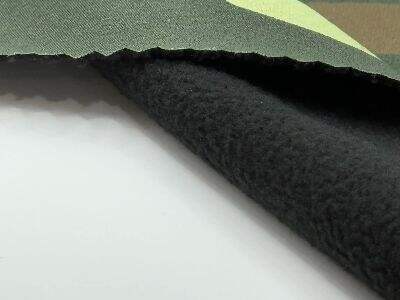If you have ever purchased a crummy fabric before, this is for you. The measure of how long something will last without it breaking is durability. Here at Sishuo Textile, we are eager to help you find the perfect fabric for your project. When it comes to measuring fabric durability, among the most critical factors is its tear strength against tensile strength
In this article we discuss the significance of tear strength in evaluating fabric performance
Tear strength, The amount of force it takes to rip the fabric. It tells you how much strength a fabric has before it tears. Tear strength: This means that if you accidentally get a sharp edge snagged on the shirt, it is tear strength that decides whether or not it will rip. A high tear strength translates to fabrics that are less likely to rip, which means they stand up better under daily wear and tear
Fabric tensile strength is quite crucial metric for fabric durability profile. It gauges the force a textile can resist without tearing under tension from two ends. Whereas tear strength measures the force required to rip a fabric, tensile strength means how much lifting or stretching power that material possesses. Tear strength and tensile strength are equally important in determining the durability of any fabric over time

The Basics of Fabric Durability Metrics and How They Can Help You Select the Best Material for Your Build
In summary, knowing about the tear and tensile strength of different fabrics can help you to decide which materials are best suited to your projects. For instance, if you are sewing a backpack meant will be used to carry tons of weight and get yanked on it would likely not last very long in a less tenacious fabric. However if you are sewing a jacket that would be in friction with objects, then you would want to go for high tear resistant fabric. The material, shape, form and design are important factors to be considered if you want your projects to last a long time
Which of the following attributes if more critical for fabric performance
You can use both tests as they are needed for a fabric to be durable, so it varies depending on what the project is being used for. Tensile Strength, This is even more important if squeezing and pulling on the item is all involved, like an extensive craft or upholstering work. But for things such as outdoor gear or kids clothing that are more prone to tearing, this might be a consideration. It is beast to take into account both, shear stress and tensile strength when choosing fabrics for your projects

Tear strength vs tensile strength and how it relates to the lifespan of a fabric
THIS IS WHERE TEAR STRENGTH AND TENSILE STRENGTH DIFFER: These differences in the type of strength are due to how the fabric is made. A fabric with a high tear strength simply includes finer and stronger fibers that are assembled into the cloth in a manner that makes it less willing to rip apart. This type of material has fibers that are bound tight, giving the fabric a lot of tensile strength and keeping it from stretching or breaking very easily when pulled. These details may confuse you, but they help to aid your choice of fabric so that it suits your requirements and makes lasting projects
So if you want to make your fabric last longer, then both the tear strength and tensile strength are equally important. Through an understanding of the differences between the two metrics and how each affects fabric longevity, you can feel more confident in your material choices for upcoming projects. We want you to be confident that the fabric you use for your projects will hold up over time and that is why at Sishuo Textile, we are committed to helping source the perfect material for each of you
Table of Contents
- In this article we discuss the significance of tear strength in evaluating fabric performance
- The Basics of Fabric Durability Metrics and How They Can Help You Select the Best Material for Your Build
- Which of the following attributes if more critical for fabric performance
- Tear strength vs tensile strength and how it relates to the lifespan of a fabric

